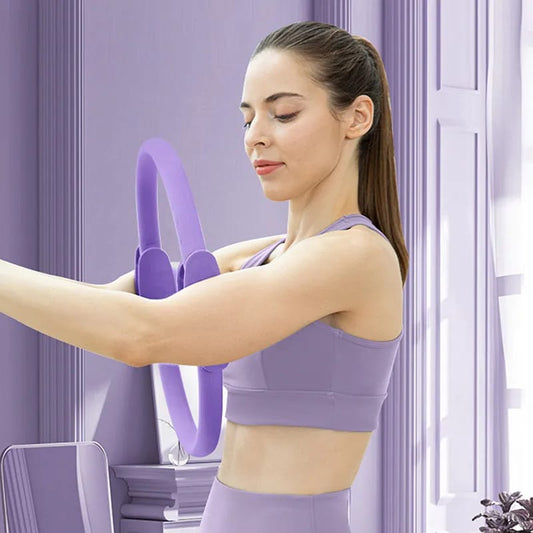Correct breathing is fundamental to a successful yoga practice, as it helps to synchronize movement, promote relaxation, and cultivate mindfulness. Here are some tips for breathing correctly during yoga classes:
-
Diaphragmatic Breathing: Focus on breathing deeply into the diaphragm, allowing the abdomen to expand on the inhale and contract on the exhale. This type of breathing, also known as belly breathing or diaphragmatic breathing, helps to fully oxygenate the body and promote relaxation.
-
Nose Breathing: Whenever possible, breathe in and out through the nose during yoga practice. Nasal breathing helps to filter, humidify, and warm the air before it enters the lungs, promoting optimal oxygen exchange and regulating the nervous system.
-
Ujjayi Breath: Incorporate Ujjayi breath, also known as victorious or ocean breath, into your practice. To practice Ujjayi breath, constrict the back of the throat slightly on both the inhale and exhale, creating a gentle whispering sound like the ocean waves. Ujjayi breath helps to regulate the flow of breath, deepen concentration, and promote a sense of calm and focus.
-
Match Breath to Movement: Coordinate your breath with movement during yoga asanas (poses), inhaling as you expand or lengthen the body and exhaling as you contract or fold. Match each inhale and exhale with a specific movement, allowing the breath to guide the pace and rhythm of your practice.
-
Lengthen the Breath: Lengthen both the inhale and exhale to encourage deeper relaxation and presence in each pose. Aim to maintain a smooth and steady breath throughout the practice, avoiding shallow or erratic breathing patterns.
-
Stay Present and Mindful: Use the breath as an anchor to keep you present and mindful throughout your practice. Direct your awareness to the sensation of the breath as it moves in and out of the body, noticing the rise and fall of the chest and belly with each breath.
-
Avoid Breath Holding: Avoid holding your breath or tensing the body during challenging poses. Instead, maintain a steady and relaxed breath, allowing it to flow freely and effortlessly throughout the practice.
-
Use Props for Support: Use props such as blocks, bolsters, or blankets to support your body and facilitate deeper breathing in certain poses. Props can help create space in the body, release tension, and enhance the quality of your breath.
-
Practice Pranayama: Incorporate specific pranayama (breath control) techniques into your practice to deepen your breath awareness and enhance the benefits of your practice. Techniques such as alternate nostril breathing, Kapalabhati, and Bhramari can help balance the nervous system, calm the mind, and promote overall well-being.
-
Listen to Your Body: Listen to your body's cues and adjust your breathing accordingly. If you feel breathless or strained, take a moment to rest and deepen your breath before continuing with the practice. Honor your body's needs and limitations, and approach each breath with gentleness, patience, and compassion.
By cultivating correct breathing techniques during yoga classes, you can enhance the effectiveness of your practice, promote relaxation, and deepen your connection to the present moment. Breath awareness is an essential aspect of yoga that supports physical, mental, and emotional well-being, both on and off the mat.




















